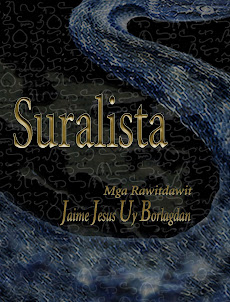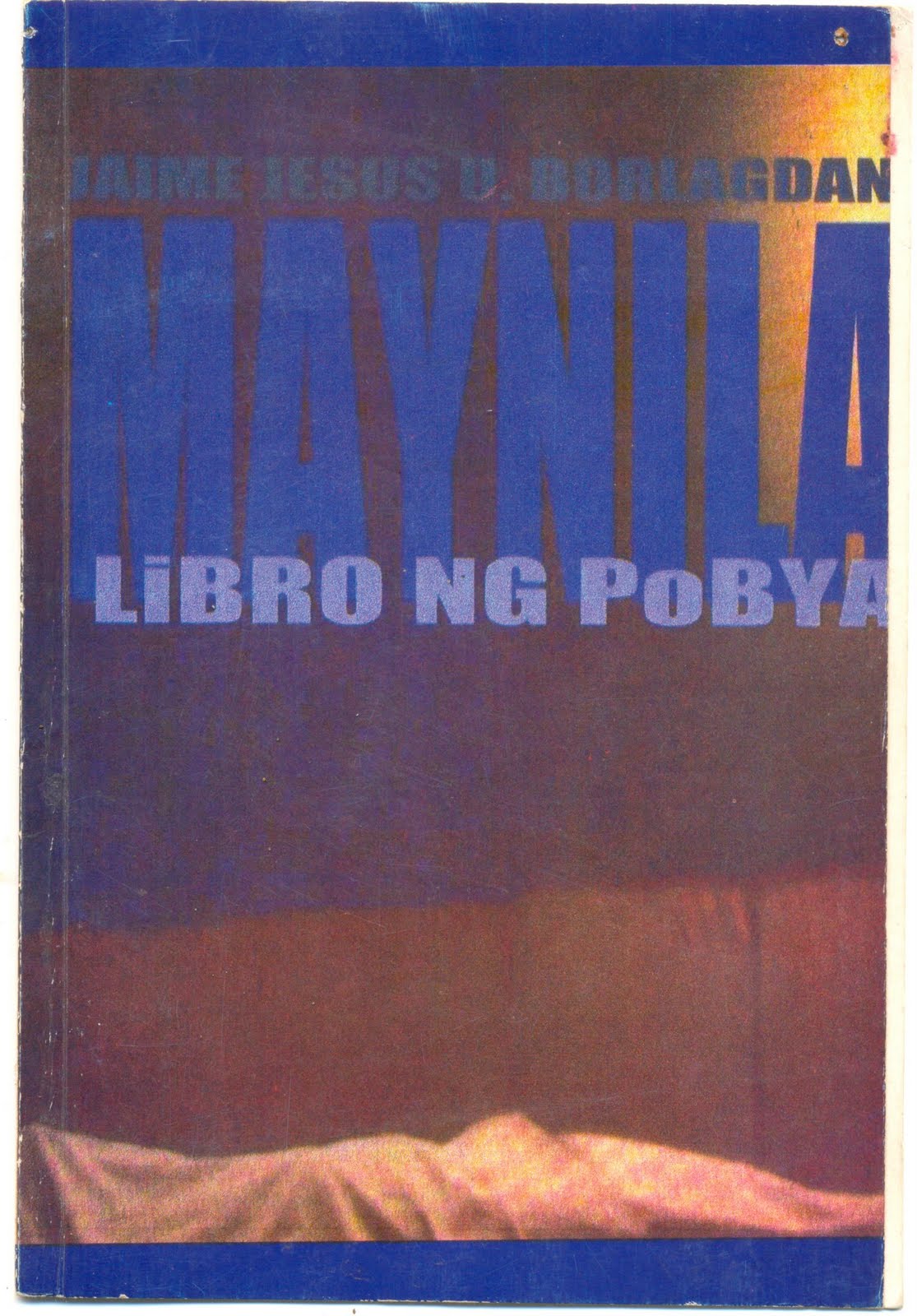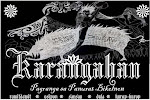1.
Ano an guminadan kay Bidang Badong?
An dai pigdudultan ki dawa anong tarom.
An kontraryo kan may pusong maitom,
an parasurog kan mga matakton.
Moog sa dampog sa tangod kan mga harong
kaskas kan kikilat, dalugdog an hagong.
Laad sa rumirom, ilaw sa madiklom,
Bantay kan maray, kamot kan matadong.
An kada suriyaw saiyang dangog.
Harokan ki tabang, saro niya pang apod.
Digdi sa banwang gubot, siya an kagdaog
kan katanosan siya sana an bidang bantog.
2.
Siya baga an kag-utas kay Kulas na Ma’bas
na tian sa halnas, dawa anong gakot hulkas.
Siya man an kagtipig kay Boyong Boy Lupig
na gari paramarong urig pag minakikig.
Sisay makalingaw kan kastahan ninda kan Bakulaw na Bulaw?
Puon Ligao sagkod Malinao, sa kusog ki sampulong karabaw
tinados niya su paslong tandayag na garong alang na tungaw.
Daing minapasar, warang minaaser
na paragibong kabuahan
pag si Badong nakatener.
Sa sampulong ribong maan
dai ki nakakalagpas,
sa saro niyang karagnas,
gabos minatipwas.
4.
Pero kan inarog si Badong ni Goryong Para-arog,
na an dagit sa bida sagkod sa pagkaturog,
garo nanggad siya sa hiro, taram buda layog
su kontrabidang patalikod kun minaayog.
Dara an itsura ni Badong, rinaudas kaini su banwa
dakol na dinistroso, pahingurag su pinatigaya.
May nagngalas, pero kadaklan nakamating dagit
sa saindang kagsalbar na naging paradara ki sakit.
Paluwas si Badong sa saiyang harong
kan su enot na mga gapo pinaturon.
Sa saiyang ngalas siya napaatras
pigngayo-ngayo kun nata siya ginapo.
“Arog pa kaini an saindang balos
sa tabang na tinao ko sainda gabos?”
Muto-muto ni Badong mantang napapano
an nalugad niyang pandok ki dugo.
Kaya kan magka-ribok sa banwa
an Bidang Badong dai lamang nadara
su mga suriyaw ki tabang dai pig-ako kan saiyang talinga.
Uminabot sana siya kan su ribok tapos na.
Kuminamang palan su kalayong halas sa Mayong
pasiring sa mga tawong tururugon sa saindang mga harong
su nakaligtas mabibilang sana sa kamot
pero su mga gadan kaipuhan dasukon sa kalot.
Su banwang saiyang pigsurog
ngonian nakalubong sa alpog
pero silag niya an mga hiling na naghaharapot
kun nata dai lamang siya uminagap kan sinda pigraraot?
Puon kaito si Bidang Badong dai na nasilag.
Kulibat kan iba yaon ini sa harayo
sa ibang banwa, ngani sa mundo makasiblag.
Su nahiling kaini garo dai maako.
5.
Sarong aldaw mga aki an nakakua
kan mga tulang sa sarong tagong kuweba.
An bukana kaini tanaw an banwa.
Garo ini sana an ginibo kan ini buhay pa.
Nagrarambong na banwa an maan niya sa hudyan niyang mga aldaw,
na garo nagpuon buda naampos sa nganang paghidaw.
Hunyo 27, 2009. Pawa.
Ano an guminadan kay Bidang Badong?
An dai pigdudultan ki dawa anong tarom.
An kontraryo kan may pusong maitom,
an parasurog kan mga matakton.
Moog sa dampog sa tangod kan mga harong
kaskas kan kikilat, dalugdog an hagong.
Laad sa rumirom, ilaw sa madiklom,
Bantay kan maray, kamot kan matadong.
An kada suriyaw saiyang dangog.
Harokan ki tabang, saro niya pang apod.
Digdi sa banwang gubot, siya an kagdaog
kan katanosan siya sana an bidang bantog.
2.
Siya baga an kag-utas kay Kulas na Ma’bas
na tian sa halnas, dawa anong gakot hulkas.
Siya man an kagtipig kay Boyong Boy Lupig
na gari paramarong urig pag minakikig.
Sisay makalingaw kan kastahan ninda kan Bakulaw na Bulaw?
Puon Ligao sagkod Malinao, sa kusog ki sampulong karabaw
tinados niya su paslong tandayag na garong alang na tungaw.
Daing minapasar, warang minaaser
na paragibong kabuahan
pag si Badong nakatener.
Sa sampulong ribong maan
dai ki nakakalagpas,
sa saro niyang karagnas,
gabos minatipwas.
4.
Pero kan inarog si Badong ni Goryong Para-arog,
na an dagit sa bida sagkod sa pagkaturog,
garo nanggad siya sa hiro, taram buda layog
su kontrabidang patalikod kun minaayog.
Dara an itsura ni Badong, rinaudas kaini su banwa
dakol na dinistroso, pahingurag su pinatigaya.
May nagngalas, pero kadaklan nakamating dagit
sa saindang kagsalbar na naging paradara ki sakit.
Paluwas si Badong sa saiyang harong
kan su enot na mga gapo pinaturon.
Sa saiyang ngalas siya napaatras
pigngayo-ngayo kun nata siya ginapo.
“Arog pa kaini an saindang balos
sa tabang na tinao ko sainda gabos?”
Muto-muto ni Badong mantang napapano
an nalugad niyang pandok ki dugo.
Kaya kan magka-ribok sa banwa
an Bidang Badong dai lamang nadara
su mga suriyaw ki tabang dai pig-ako kan saiyang talinga.
Uminabot sana siya kan su ribok tapos na.
Kuminamang palan su kalayong halas sa Mayong
pasiring sa mga tawong tururugon sa saindang mga harong
su nakaligtas mabibilang sana sa kamot
pero su mga gadan kaipuhan dasukon sa kalot.
Su banwang saiyang pigsurog
ngonian nakalubong sa alpog
pero silag niya an mga hiling na naghaharapot
kun nata dai lamang siya uminagap kan sinda pigraraot?
Puon kaito si Bidang Badong dai na nasilag.
Kulibat kan iba yaon ini sa harayo
sa ibang banwa, ngani sa mundo makasiblag.
Su nahiling kaini garo dai maako.
5.
Sarong aldaw mga aki an nakakua
kan mga tulang sa sarong tagong kuweba.
An bukana kaini tanaw an banwa.
Garo ini sana an ginibo kan ini buhay pa.
Nagrarambong na banwa an maan niya sa hudyan niyang mga aldaw,
na garo nagpuon buda naampos sa nganang paghidaw.
Hunyo 27, 2009. Pawa.








